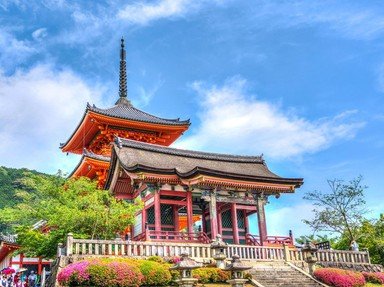
Wonderful World Heritage Sites of India Quiz
India boasts one of the highest numbers of sites inscribed in the prestigious UNESCO World Heritage List. Ten of them are hiding there among other famous Asian sites. Can you pick them out?
A collection quiz
by LadyNym.
Estimated time: 3 mins.